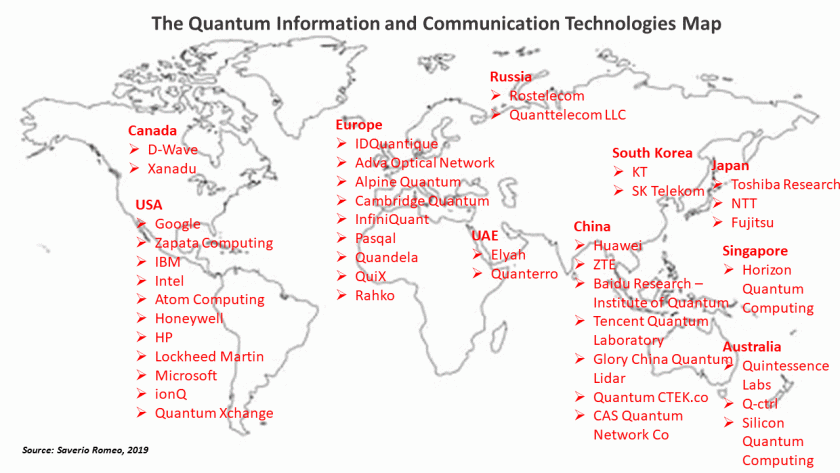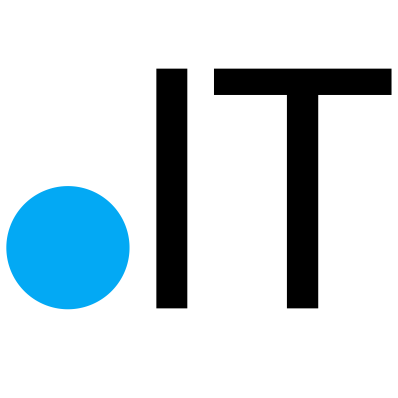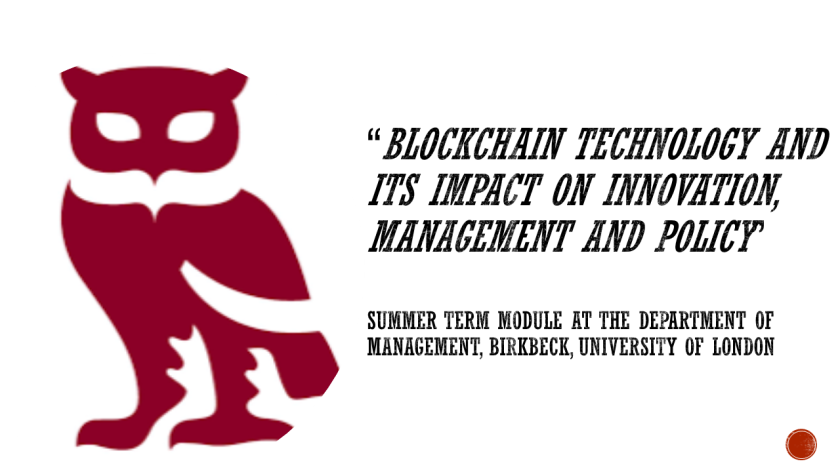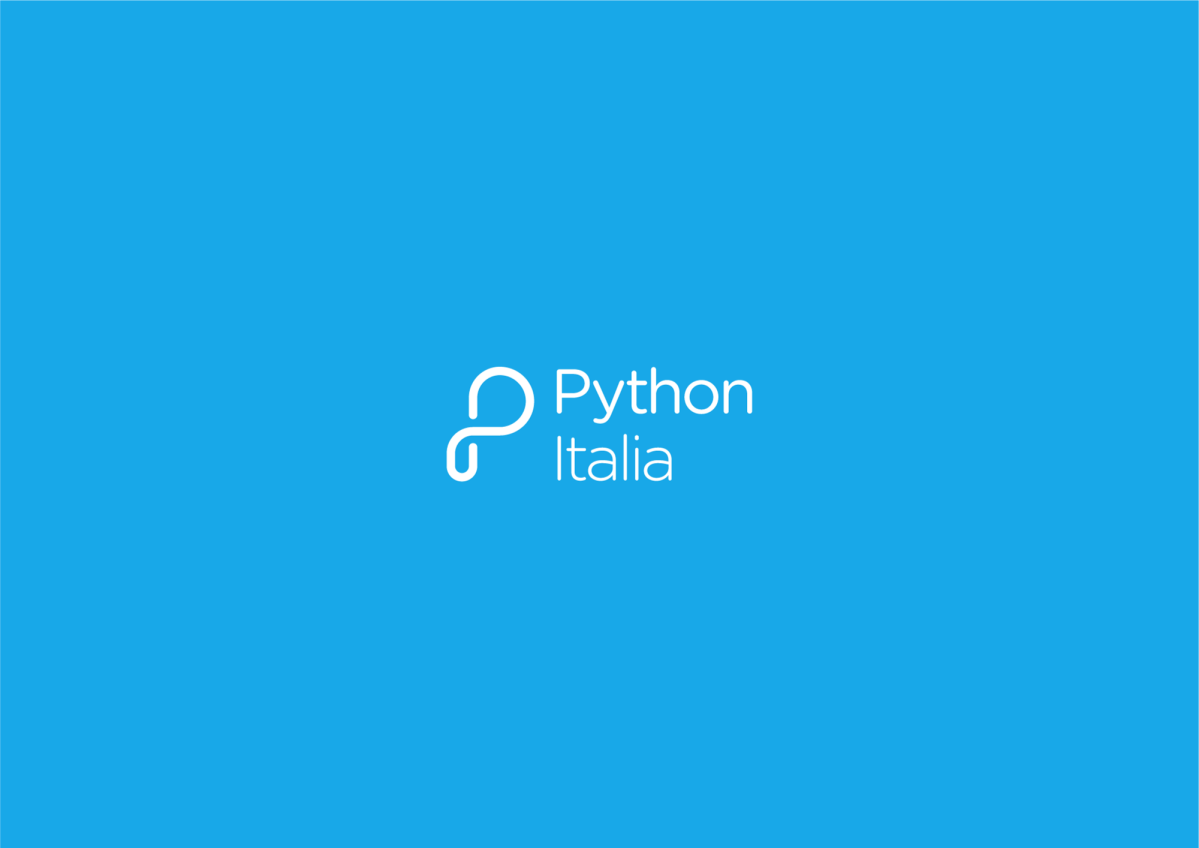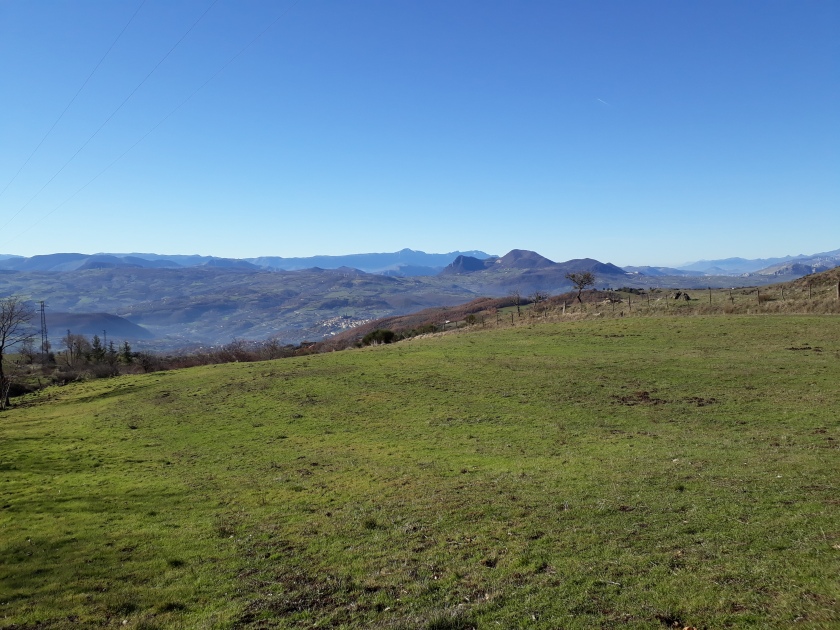
My 2020 has started with some exciting discussions with agriculture communities on the development of smart farming and smart rural areas and on which will be the role of 5G. It is important to open further this discussion beyond the agriculture and smart farming community. Some 5G test beds in EU countries and in the UK have explored the matter. The Hands-Free Hectare project in the UK is an interesting story. But much more is needed.
Mark Weiser, IoT and smart spaces
My first exercise in machine-to-machine communications was putting a couple of sensors in a cellar that my grandfather had for storing the cheeses, measuring some data and visualising it on a computer. It was nothing extraordinary, just a nostalgic exercise agreed with my nostalgic Professor of Telecommunications Systems. This was more than 20 years ago. It was a sentimental exercise, but it showed me the possibilities of machine-to-machine communications. Since that DIY exercise, the world of M2M has proved its value in different sectors and it is moved on towards the Internet of Things. A bit earlier than my cheese cellar exercise, the notable researcher Mark Weiser – the use of the word visionary is too easily used today, but it fits perfectly in the case of Mark Weiser – told us what really the IoT was about. He was talking about ubiquitous computing thinking about connected and intelligent spaces, in which technology disappears, and our interaction with that spaces becomes natural as switching on and off the light when we enter a room. That implied the presence of sensors all over the space, sensing different events and conditions, sending this data to some intelligence, which takes decisions about the space and implement those decisions. Humans interact with those spaces with a variety of wearable and handheld devices. It is simple to say, but not that simple to do. There are a lot of decisions to make and challenges to face. The context and the conditions will guide the design and the deployment. As this vision has evolved, we have chosen to use the term “smart” to indicate a connected and intelligent space.
Smart farming as a smart space in agriculture
That evolution has not excluded rural areas and agriculture. Smart rural areas and smart villages are interchangeable terms for looking at the use of the IoT and digital technologies in rural areas and rural communities. Smart agriculture or smart farming looks at that in the agricultural sector. But, despite a common perception as an old sector, agriculture has embraced connected and digital technologies some time ago. While Mark Weiser was experimenting its ideas at Xerox PARC, precision agriculture was a concept explored using satellite communications and forms of location services. However, the IoT has taken that to the next level with smart combine harvesters able to move autonomously in the field. But, not only that, IoT applications are today used in horticulture, in greenhouses and other farming activities transforming the farm in a smart space.
5G for driving smart rural area developments
This story is fascinating, but it does not come without challenges and it does not really have an end. The challenges are part of a journey that wants to take agriculture towards predictive and autonomous forms of farming. There are challenges that technological development can solve. There are challenges that government policies must solve, and companies can contribute to. For example, if 25% of rural population in the EU does not have Internet connection (Source: https://www.smart-rural-intergroup.eu/), the smart farming journey starts really badly! The “rural connectivity” problem remains there, hampering the adoption of smart farming and not only that, hampering a wider development of smart rural areas. The deployment of 5G is an opportunity to re-think connectivity in rural areas. It is the moment to re-balance the attention between urban and rural communities from a technology perspective and creating the conditions for smart living and working spaces from large cities to rural villages. On that building block, 5G, converging with other technology frameworks, can then drive smart farming towards predictive and autonomous farming approaches.
5G for a collaborative smart living in rural areas and cities
Besides the technological benefits of 5G, the timing of 5G deployment is the opportunity for thinking about agricultural sector development and rural areas development strategies. The narrative of increasing population in cities can certainly justify the attention on smart cities. But cities are also looking for mechanisms to spread out the increasing population for reducing stress on their systems. Additionally, the demographics crisis of rural areas should not be seen as a natural evolution of history, but as a problem that impacts rural activities very relevant for cities such as agriculture. We should imagine a continuum of smartness from cities to rural areas and that continuum needs to be created in collaboration with communities. Let’s take the 5G as the excuse to develop that collaborative continuum.
